 So another semester has passed, I'm still surprised how fast life has moved on, and I finally have enough free time to update this blog again. One day in May, I was riding my bicycle around Kamegawa area and surprisingly found a piece of land which is covered by flooded fields and surrounded by reedbeds. It was far behind all of the tall buildings and housing area, deep into the forest edge, behind the railway. I was so excited, since I've never thought that this kind of habitat would exist in Beppu before, and it sure looks good for birding. It reminded me of a place called Ban Cho Lae, a small village in my hometown, which is one of the best places for field-bird watching. In the reedbed, a single Oriental Reed Warbler (Acrocephalus orientalis) occupied the whole area and was continuously singing its loud harsh song. A non-breeding Intermediate Egret was wandering through the flooded area. Few Common Moorhen slowly hid themselves into the reeds, when they saw me passing by.
So another semester has passed, I'm still surprised how fast life has moved on, and I finally have enough free time to update this blog again. One day in May, I was riding my bicycle around Kamegawa area and surprisingly found a piece of land which is covered by flooded fields and surrounded by reedbeds. It was far behind all of the tall buildings and housing area, deep into the forest edge, behind the railway. I was so excited, since I've never thought that this kind of habitat would exist in Beppu before, and it sure looks good for birding. It reminded me of a place called Ban Cho Lae, a small village in my hometown, which is one of the best places for field-bird watching. In the reedbed, a single Oriental Reed Warbler (Acrocephalus orientalis) occupied the whole area and was continuously singing its loud harsh song. A non-breeding Intermediate Egret was wandering through the flooded area. Few Common Moorhen slowly hid themselves into the reeds, when they saw me passing by.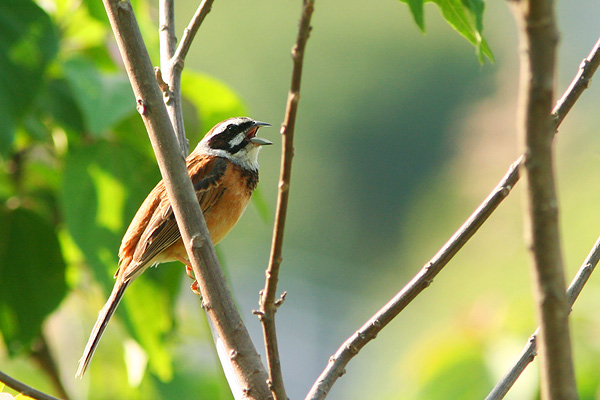
A male Meadow Bunting singing his sweet song
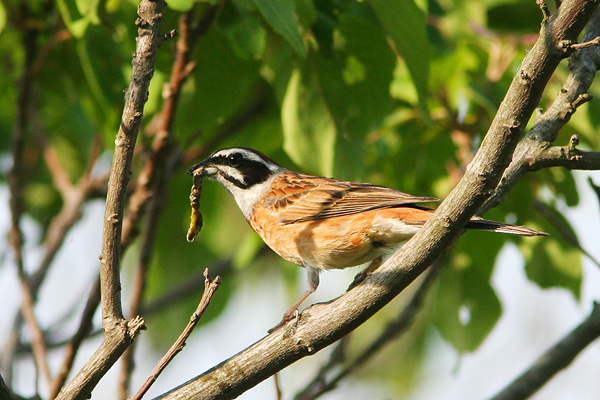
At a small canal, a pair of Meadow Bunting (Emberiza cioides) flushed up from a low bush. The male bird perched on a small branch and started singing his sweet song, while the female hid inside thick bush. They seemed to be nesting somewhere around here, since the I saw the male bird caught a worm and flew into the bush again. Other birds which were feeding around the area include Oriental Turtle Dove, Cattle Egrets, Little Ringed Plover, Japanese Wagtail, and Grey-capped Greenfinches.

A Hwamei singing in thick bush

An adult Oriental Turtle Dove feeding on dry field
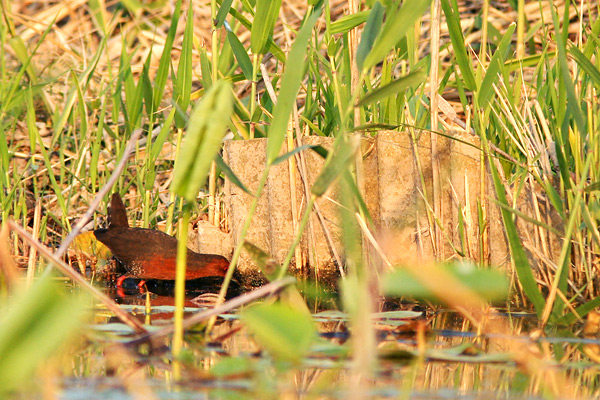
A family of Ruddy-breasted Crake was a big surprise for me
At the forest edge, there was a mysterious, loud and sweet song coming out from high bushes. I've never heard this kind of song before, so I walked up to find out what was singing. And the answer was a single Hwamei (Garrulax canorus), which was an introduced species from mainland China to Japan long time ago, and the species was able to survive in nature until now. I've seen Hwamei quite frequently around my campus, but this was the first time to see it in lowland. Another introduced species which I found quite often is the Red-billed Leiothrix (Leiothrix lutea). I've even seen a large flock of about 10-20 birds moving through thick bushes in small piece of forest near the city just like how they do in their native forests. However, the big surprises for me were a family of Ruddy-breasted Crake (Porzana fusca) and Greater Painted-Snipe (Rostratula benghalensis). At first, I saw only two adult Ruddy-breasted Crakes feeding at the water edge, but then out of the blue came three more little chicks. The chicks were still very small and covered with puffy black feathers. They were very active running around all the time. As for the Painted-Snipe, I was really surprised to have found it here because it is quite uncommon in Japan (actually, the crake also). There was a pair of male and female bird sitting still in the field. At first, I didn't recognise that they were having a nest, until I made the male bird flushed up from his hide and finally saw two brownish spotted eggs lying inside a bowl-like nest, so I quickly left the area, since I didn't want to disturb them anymore, and here are the pictures from that day.
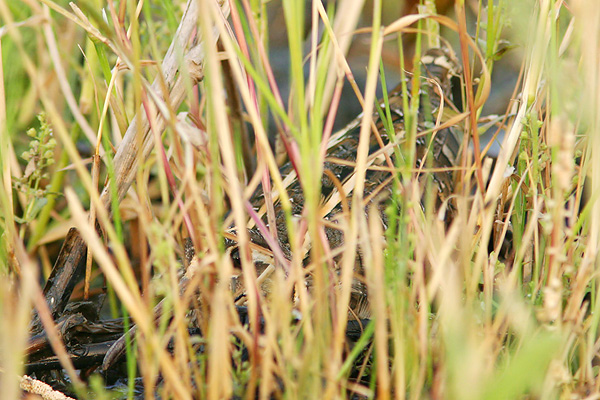
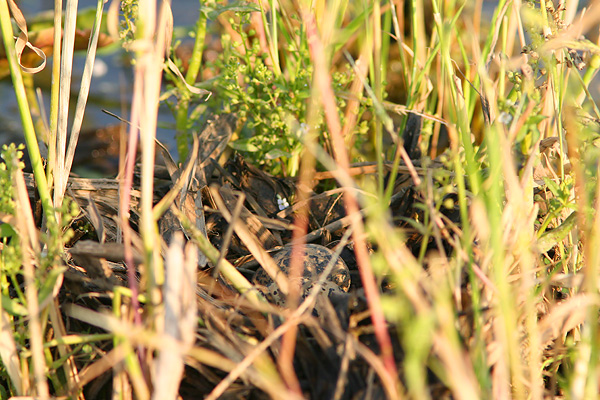







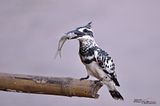




No comments:
Post a Comment